Register for free and continue reading
Join our growing army of changemakers and get unlimited access to our premium content
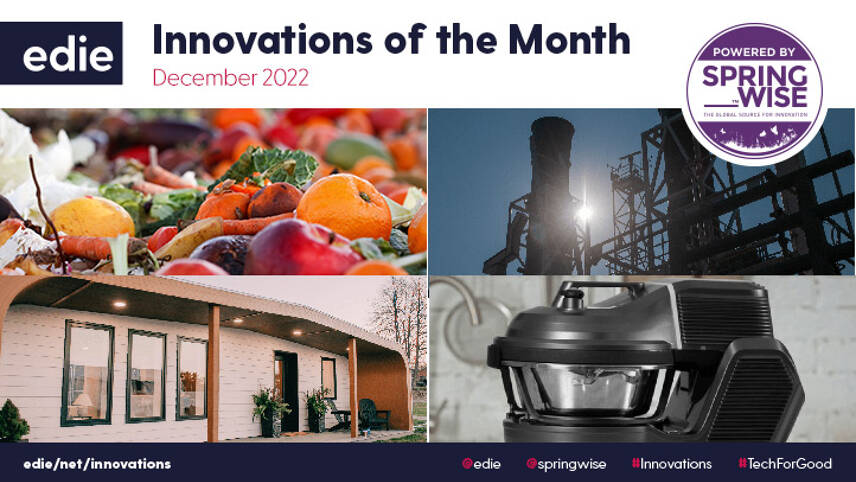
These innovations could help cut food waste, store carbon and make homes more sustainable
Over the course of 2022, the cost of energy has become a major issue for households across the globe. Driven by Russia’s invasion of Ukraine, the issue of energy security has grabbed headlines in a way that it hasn’t since the 1970s. As a result, the need to overhaul our global energy system has been brought into sharp relief, with short-term geopolitical crisis reinforcing the imminent threat of climate change.
It is therefore fitting that in this, our last innovations of the month feature for 2022, half of the highlighted solutions are focused on energy production and consumption in the home. And with the threat of climate change becoming ever more ominous, self-sufficiency – in all resources, including energy – is likely to become an increasingly important theme for innovators.
It’s not only energy prices that have spiked in 2022 – food prices too have been volatile throughout the year. Our fourth innovation this month aims to cut out waste in the food supply chain, ensuring food gets to where it can be most efficiently used.
Finally, rounding out the innovations for December, we have a pair of solutions that showcase the current progress of two technologies that are likely to play an increasingly important role in 2023 and beyond: 3D printing and carbon capture and storage. A 3D-printed home from the University of Maine uses 100% bio-based material, and a promising project in the North Sea is exploring how old oil rigs can be used to store captured carbon beneath the waves. Read on for our green innovations of the month.
The off-grid homes of the future
Image: WASP
Currently, the built environment is responsible for 39% of energy-related carbon emissions across the globe. Energy use through building operations is the main contributor, but embodied carbon is also a key factor.
Not only is carbon emitted in the production of necessary materials, but the transportation of such goods also contributes to each house’s total emissions. 3D printing is one of the ways companies could reduce the carbon footprint of home construction, making the process quicker, more efficient and less carbon intensive.
Taking inspiration from the dreams of building a colony on Mars or the moon, 3D printing expert WASP has built a self-sufficient home called Itaca, suitable for four adults, here on Earth. Citing the need to survive in more inhospitable environments due to climate change, the design makes it possible for communities to live without gas, electricity or water connections.
The Crane WASP printer is large enough to construct a building on its own and uses local soil as its material. The manufactured walls contain ventilation chambers and use rice husk thermal insulation materials for passive heating and cooling. Rainwater harvesting also provides irrigation and drinking water for the home and solar panels provide the power.
Affordable geothermal heating and cooling
Image: Dandelion Energy
According to the Energy Information Administration the most sustainable way to heat and cool your home is with geothermal energy from a ground-source heat pump. However, installing the energy- and money-saving technology often requires a big up-front cost, weeks of disruption to a property, and re-landscaping once installation is complete. Now, Dandelion Energy – a spinoff from a Google X project – has developed a way to install ground-source heat pumps that leads to considerable savings in time, money and hassle.
Heat pumps take advantage of the fact that, no matter what the air temperature is, the ground ten feet below the surface maintains a constant year-round temperature that is higher than average winter temperatures, and lower than the average temperature in summer. Ground-source heat pumps use buried pipe systems called ground loops to constantly circulate heat transfer fluid. During summer, the geothermal system draws heat from the air in your home and transfers it to the ground. During winter, it draws heat from the ground and transfers it to your home.
Dandelion uses a closed-loop system, which means the pipes aren’t connected to any larger infrastructure. But the real innovation in Dandelion’s system involves installation. The engineers at Dandelion have devised a way to vastly reduce the cost of installing a ground-source heat pump by using smaller, more efficient drills that make one or two deep holes just a few inches wide, rather than the large drill rigs used by other companies. The company then installs U-shaped pipes into the small holes. This innovation takes up less space and creates less of a disturbance.
Energy-efficient cooking gadgets
Image: On2Cook
As anyone who has a smart energy meter in their home knows, conventional cooking in an oven or on the stove uses a lot of energy. Yet, while microwave cooking is faster and cheaper, it cannot brown the food, making it unsuitable for many dishes. This is part of why air fryers are becoming so popular. Now there is a new option – the On2Cook.
On2Cook, which was featured on Shark Tank, combines gas cooking with microwaves – reducing cooking time by up to to 70% of compared to cooking methods, while also browning and searing the food to add flavour. The tabletop device takes up around the same space as a conventional microwave and it also comes with a subscription app that features AI-assisted recipes that can adapt to how each user cooks.
In addition to the time and energy savings, the company also points out that, unlike using microwaves alone, food cooked in the On2Cook retains water-soluble nutrients while preserving colour, texture and consistency.
Digital matchmaking to cut food waste
At least 30% of the produced for human consumption around the world is lost or wasted somewhere along the food supply chain each year. WWF puts the proportion higher, at 40%. This not only makes it harder to feed everyone and raises the cost of food, but it also represents a substantial waste of resources and generates greenhouse gases.
Food loss takes place all along the food supply chain – during production, post-harvest, and at the processing and sales stages. To tackle this problem, Right Farm is using predictive digital technology that facilitates routing, operations and purchasing, getting food to where it can be used most efficiently.
For example, the company’s platform can be used to help producers direct disfigured fruit and vegetables to pulp-making firms instead of landfill. The platform makes this profitable by focusing on sourcing at the right price and at the right time. Other end users of the rescued food include restaurants, hotels, catering companies, and other food businesses across the UAE.
While there are other companies that offer this service, Right Farm stands out due to the variety of its partnerships with other companies that make use of food waste. This includes institutions that use waste as compost or as feedstock to grow insects for use as protein.
In addition to an existing base of around 200 institutional customers in the UAE, Right Farm has an ambitious expansion plan to venture into markets elsewhere in the Middle East and across North Africa.
Bio-based, recyclable, 3D-printed homes
Image: The University of Maine – Advanced Structures and Composite Center (ASCC)
We’re listing another 3D-printed building innovation in this edition of our monthly green innovation roundups.
One organisation seeking to scale the production of 3D printed homes, with both affordability and environment in mind, is the University of Maine’s Advanced Structures and Composite Center (ASCC). The Center recently unveiled a prototype that aims to solve the challenge of speed and sustainability in the 3D-printed home market. ASCC’s BioHome3D prototype uses recycled forest products as the base material for floors, walls, and the roof.
The 182 square metre home uses wood for insulation, and due to the precision of the printing process, produces almost no manufacturing waste. The home was printed by the world’s largest polymer 3D printer in four parts that were then assembled on-site.
Part of the Center’s development plans includes training a workforce that will be able to cope with significant volumes of production of such homes. For now, the prototype is being monitored during the winter of 2022 and into 2023 for hardiness in cold weather, and general thermal and structural performance.
‘Reverse oil rigs’ for carbon storage
Image: Project Greensand
Reports from bodies including the UK’s Climate Change Committee (CCC) and the global Intergovernmental Panel on Climate Science (IPCC) have repeatedly stated that, while deep decarbonisation in the coming decades is imperative, we will need to scale man-made and nature-based solutions for capturing carbon to address residual emissions from hard-to-abate sectors.
Companies in sectors including power generation and heavy industry are increasingly exploring carbon capture and storage (CCS) options, as nascent technologies enter the cusp of commercial applications. A particularly promising CCS project is a pioneering Danish offshore energy transition initiative that aims to store CO2 emissions in the subsoil of the North Sea as a kind of reverse oil rig.
Project Greensand is currently completing its pilot phase, in which carbon dioxide is captured from the Ineos Oxide factory in Belgium, before being liquified and packed in special containers that are shipped to the Nini West platform in the North Sea. There, the CO2 is pumped 1,800 metres down below the seabed through an existing well and stored permanently in a sandstone reservoir.
The next phase, which has already begun, will see the project expanded to the full Nini Main field. Specially designed cargo ships will shuttle liquid CO2 to the well, where it will be pumped to the reservoirs down dedicated new injection wells. In the final phase, expected to begin in 2025, the storage areas will be expanded to include the so-called ‘Siri Fairway’, which will expand the storage capacity to around 7.3 million tonnes of CO2 per year.
Springwise is the global innovation intelligence platform for positive and sustainable change. With a growing database of 11,000+ innovations, we are the place of record for innovation that matters. Springwise.com.
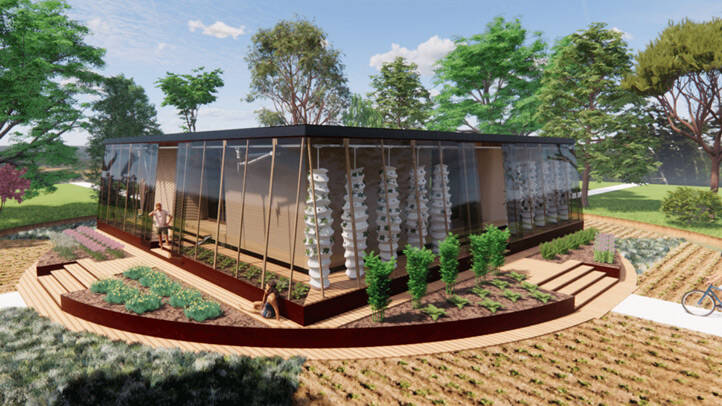
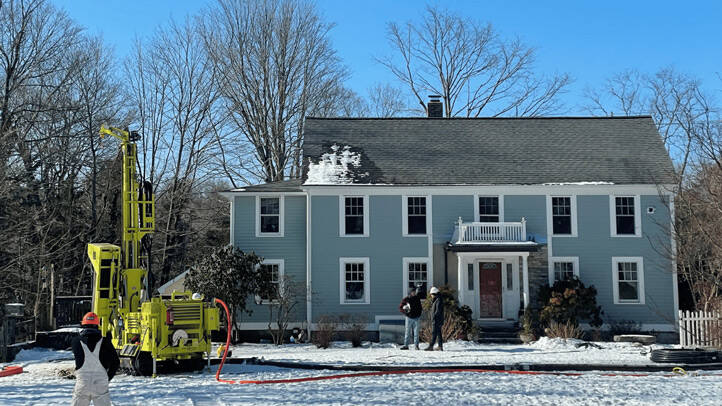

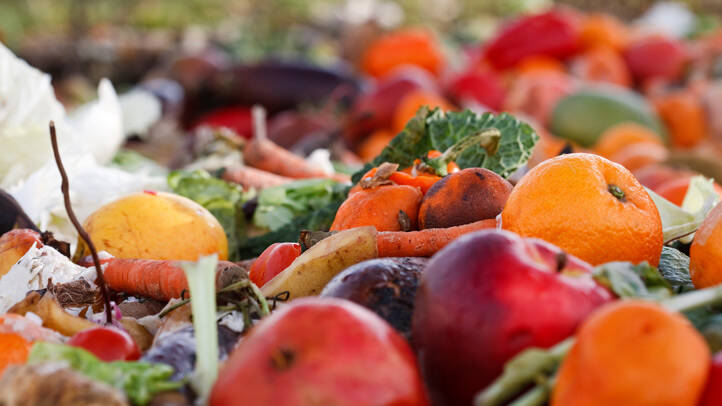
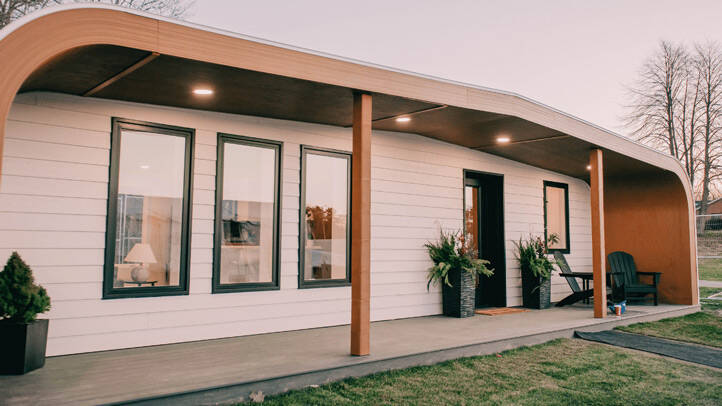



Please login or Register to leave a comment.